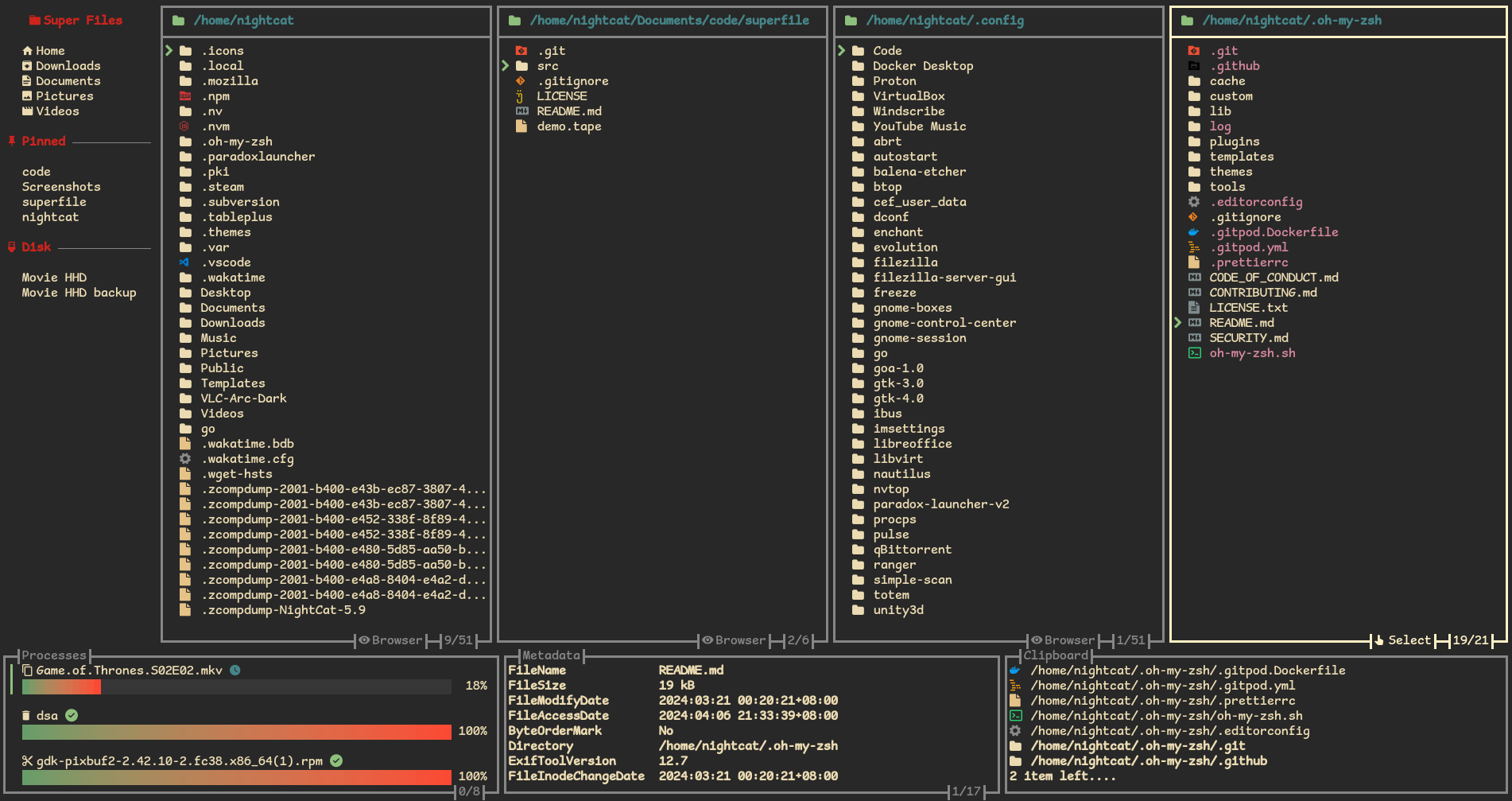
ACLED Conflict Index
The ACLED Conflict Index uses four indicators to measure conflict levels: deadliness, danger, diffusion, and fragmentation. The values for each indicator are calculated for each country or territory, scaled, and ranked. The top ranked countries overall are experiencing the most severe, complex, and difficult-to-resolve conflicts.
Countries often host multiple discrete conflicts, which can be an accumulation of actions by several armed groups. These groups often have differing political aims, trajectories, and life spans. The Index accounts for all conflicts occurring within countries by examining their combined incidents of violence.
Countries with high incident totals or high conflict fatalities are highly violent and deadly. But incident and fatality counts when evaluated on their own – isolated from aggravating factors and local context – can often distort the size and impact of conflict for different communities and governments. Further, conflicts that have similar rates of intensity are rarely similar in other ways. In Haiti and the Philippines, for example, the conflict event rate is consistent (close to 700 political violence events per year), but the violence impacts their respective communities and governments in very different ways. Conflicts can also differ with respect to the risks faced by different communities. For example, a civilian in Mexico is currently twice as likely to be killed by political violence as a civilian in Syria.
The ACLED Conflict Index is designed to first distinguish conflict risk factors by deadliness, danger, diffusion, and fragmentation, and then to create a relative country ranking based on the combined intensity of risks.
Leave a Comment
Related Posts

Shift Print on Twitter: "To measure progress towards digital sovereignty and a better internet a clear metric has to be relied on. This is where the digital self determination index comes in. https://t.co/tQ3jqHaVI7 I/IV 🧵"
Comment




















